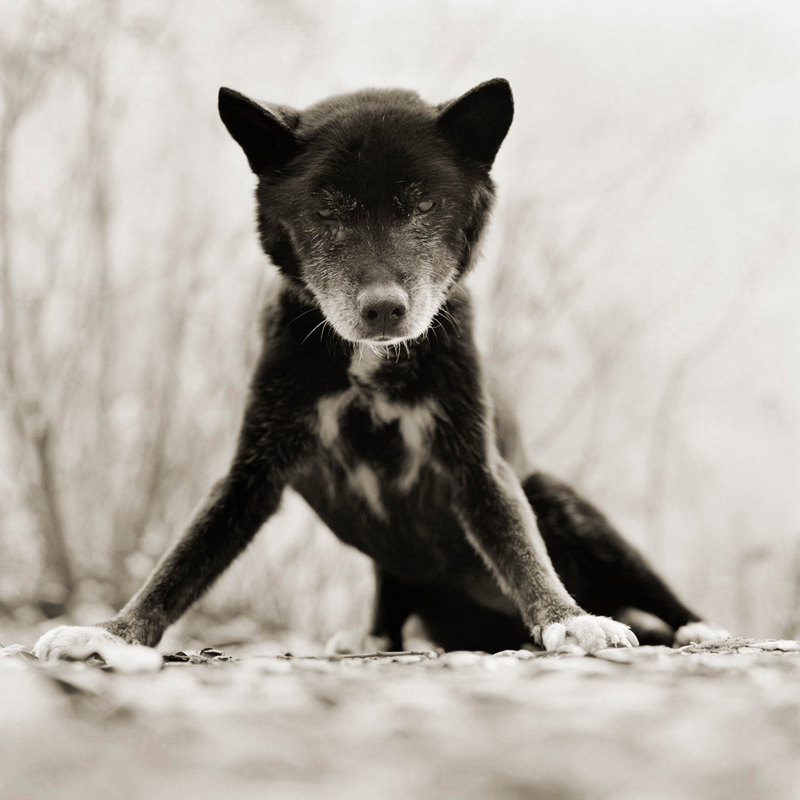
Isa Leshko’s “Elderly Animals” | By Kellam Ayres

Art that values quietness—that embraces understatement and restraint—has always intrigued me. I think of moments in the poems of Jane Hirshfield and Linda Gregg; Walker Evans’s portraits in rural Alabama; the paintings of Edward Hopper. I picture Hopper’s women sitting alone in rooms, or the faces of tenement farmers in Evans’s photos, and appreciate the way a work of art can mesmerize with subtlety and quiet gestures. Similarly, photographer Isa Leshko’s project, “Elderly Animals,” captivates me with its straightforward portraiture; it’s the embodiment of what I admire in an artist’s work.
The animals in these portraits have lived a very long time, sometimes under trying circumstances. The images are simple and clear. But they are not devoid of complexity; in viewing these photos I’m confronted with some of the richest themes and most difficult questions one can face as a human and an artist. Mortality weighs on us. It’s difficult to get old; awful to see loved ones suffer and die. Considering these themes, Leshko’s project could have easily veered into sentimentality, but doesn’t. How does an artist explore these issues without pulling the heart strings in an obvious and unoriginal way? And even worse than sentimentality is the potential for exploitation. How do we decide what’s appropriate to document in our photos and poems, and how do we honor our subjects? When should we leave well enough alone? Leshko’s photos urge me to consider the relationship between an artist and her subject. Is it collaborative? Has an emotional or moral agreement been made? Or is the situation one in which an outsider looks in on the “other”? And how can we answer any of these questions definitively?
In Leshko’s artist statement, she explains that “Elderly Animals” was born from a conscious decision not to photograph her own mother who was ill with Alzheimer’s disease. Instead, she turned her lens to a subject that still speaks movingly to the indignity of our minds and bodies falling apart; the harm enacted on those we care for. Just as Marianne Moore’s poem “The Fish” isn’t really about fish, one could say that Leshko’s portraits are as much about mortality and resilience as they are about animals. Still, the audience is first engaged by the faces of these creatures—their clear, quiet gaze. We look directly into their eyes. We study the sheep with its patchy coat. The threadbare wing of the rooster, reminiscent of that gorgeous line in Robinson Jeffers’s poem “Hurt Hawks”—“the wing trails like a banner in defeat.” Despite the effects of time and harm, these portraits, amazingly, show animals at ease. Some appear curious; others rest in piles of hay. I admire, and am inspired by, Leshko’s ability to document the decline of vitality, while still treating her subjects with grace and dignity.
*
NER Digital is a creative writing series for the web. Kellam Ayres’s poems have appeared in NER and The Collagist, and are forthcoming in The Cortland Review. She is a graduate of the Warren Wilson MFA Program for Writers and the Bread Loaf School of English, and works for the Middlebury College Library. Isa Leshko’s work will be on exhibit May-June at the Houston Center for Photography, in Houston, Texas, and at the Silver Eye Center for Photography, in Pittsburgh, Pennsylvania.